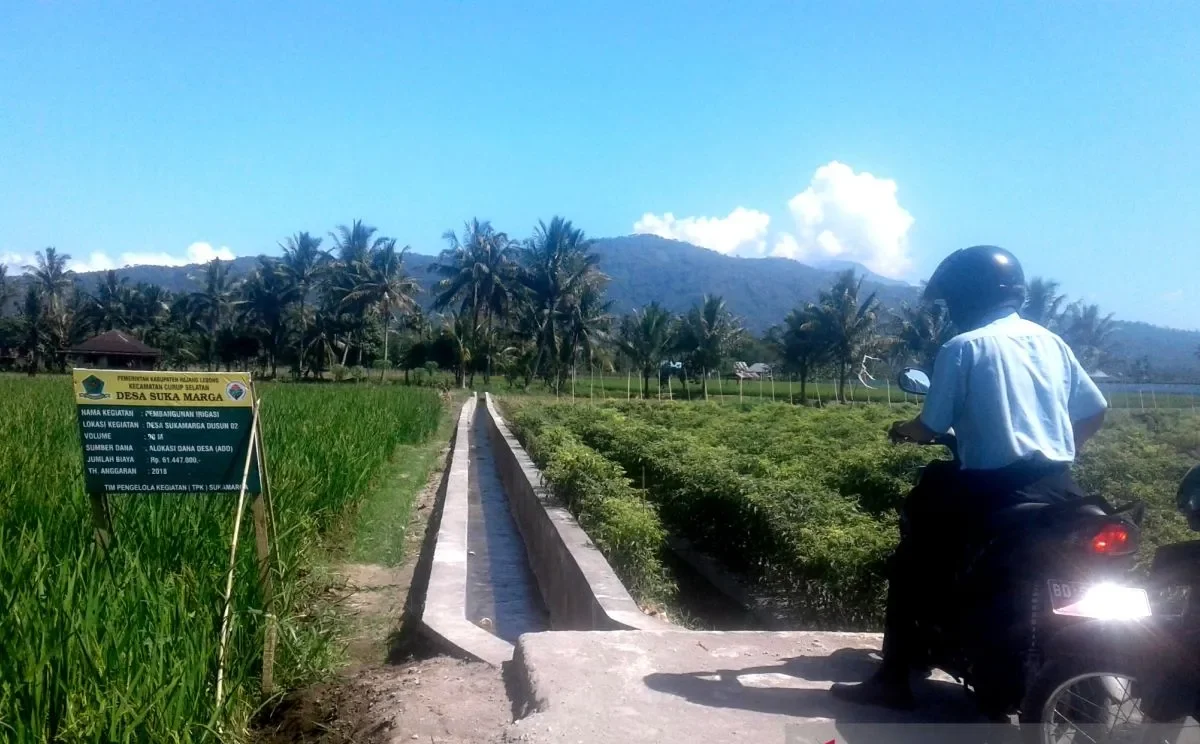Jakarta ( WNAM REPORT):The Ministry of Villages, Development of Disadvantaged Regions, and Transmigration (PDTT) has disbursed Rp50.35 trillion (US$3.26 billion) in village funds to a total of 75,318 villages scattered across Indonesia as of August 8, 2024.
This disbursal signifies that the ministry has so far managed to channel 72.98 percent of the village fund budget allocated this year, set at Rp71 trillion, or around US$4.6 billion.
Smoothly expending the allocated budget to deserving villages is not the end of the line for the ministry since it is crucial that the government takes strategic steps to ensure that the funds disbursed are genuinely impactful on the welfare of rural residents.
Through the village funds, the Indonesian government is not merely aiming to drive physical development in villages but also to support the implementation of social and economic programs at the rural level.
So far, this year, a large chunk of the village funds, totaling Rp6.56 trillion (US$425 million), had been disbursed as direct cash assistance (BLT) to 2,532,650 beneficiary families. As its name suggests, BLT simply acts as a means to financially empower underprivileged people directly.
Moreover, Rp5.19 trillion (US$337 million) of the village funds were disbursed for the handling of childhood stunting. This kind of disbursal is driven by the government’s awareness of the need for actions to put a lid on stunting case counts in Indonesia, particularly in rural regions that are often relatively deprived of proper access to health and nutritional services.
In this context, the village funds were mobilized to provide nutritious meals for children, toddlers, pregnant women, and breastfeeding women. Given that most of Indonesia’s stunting cases stem from poor sanitation, the funds are also allocated for the establishment of proper sanitation systems and reliable access to clean water.
The village funds are also linked to the agriculture sector, which plays a role in maintaining Indonesia’s food resilience, with Rp12.31 trillion (US$791 million) of the funds having been channeled to provide farmers with fertilizers and crop seeds, organize training activities aimed at enabling villages to bolster their agricultural production, and other related initiatives.
The remaining Rp26.29 trillion (US$1.7 billion) was utilized to finance other needs in accordance with the results of deliberation in each village, including sports activities, cultural events, and the operation of rural administrations.
Village PDTT Minister Abdul Halim Iskandar stated that the village funds have proven to be successful in improving the development of villages and giving a boost to their residents’ well-being.
He based his statement on a rise in the number of independent villages, from 11,456 last year to 17,203 this year. In contrast, Indonesia saw its underdeveloped village count decline from 4,850 to 4,363 during the same period.
It is also worth mentioning that the proper distribution and effective use of village funds have suppressed poverty rates in villages, according to the Coordinating Ministry for Human Development and Culture.
Statistics Indonesia (BPS) has revealed that the percentage of poor residents in villages had gone down to 11.79 percent in March 2024 from 12.22 percent in March last year.


